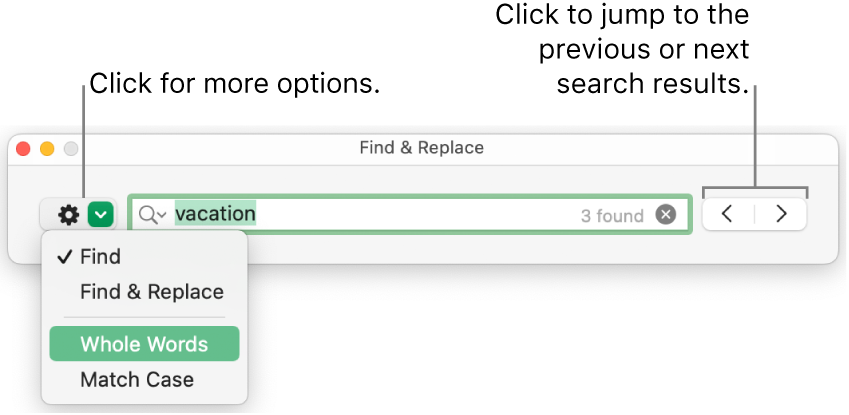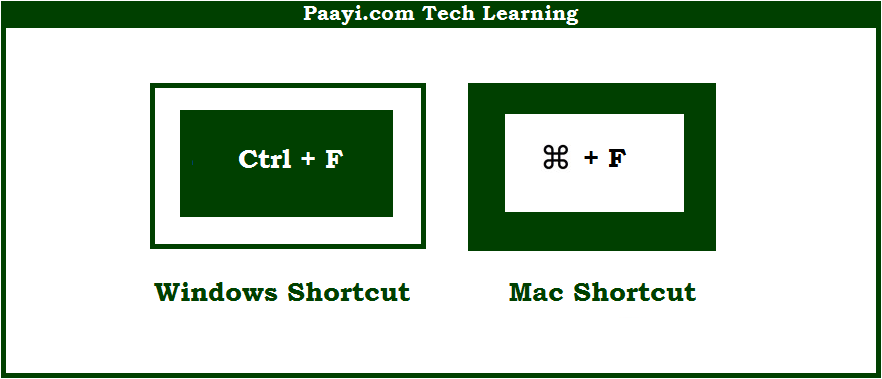
The Find and Replace window doesn’t have to be closed before changing cells in the workbook.

Match case: users will need to check this box if they want their search to be case-sensitive.Look in: You can search data using specific details, such as Notes, Comments, Values or Formulas.Search: Define where you would like to search for the data, By Rows (default), or By Columns.Within: This confirms where abouts you choose to search for data, within a worksheet only, select Sheet, or the entire workbook, select Workbook.There are further features within options that will help users further define their search. That’s it for the basics, and I hope these shortcuts save you some time.Here it shows 5 cells found with the results, detailing Kevin Costner, Kevin Reynolds, and Kevin Anderson. So how do you exit out? Hit Enter, and then Escape.Įxit Dialog Box After Find/Replace Is Completed (keyboard): Enter-ESC After you do that, you’ll see something like the following: When you’re done, you can execute the Replace All command by typing the hot key - which is “A” (which you can tell by the fact that the “A” in “Replace All” is underlined. Once you’re on the Replace tab, type your input. This works because “P” is the hot key for the Replace tab - as you can see by the fact that the “P” in Re place is underlined. Then, to go to the Replace tab, type Alt-P.

Once you’re on the Find tab, just type your input. Since you’ll be typing into the text boxes with both hands on the keyboard, you might as well learn a few quick shortcuts for moving around the dialog box (instead of using your mouse). How Do I Navigate The Find & Replace Dialog Box With Shortcuts? So which one is better for Find - Ctrl+F or Alt-E-E? They’re about equally fast, so pick whichever one you like. (Note: you might also object that Ctrl+H requires the right hand to leave the mouse - but it really doesn’t matter, since you’ll probably be typing in the boxes with your right hand anyway…). I personally don’t like Ctrl+H, because I prefer to start on the Find tab (and enter my characters), then go to the Replace tab. Here’s what it looks like when you land on the Replace tab: To land on the Replace tab instead, use Ctrl+H:įind & Replace Dialog Box – On “Replace” Tab (keyboard): Ctrl+H Here’s what it looks like when you land on the Find tab: (I have a more extensive post on how Alt shortcuts work). The first two default to the Find tab.įind & Replace Dialog Box – On “Find” Tab (keyboard #1): Ctrl+Fįind & Replace Dialog Box – On “Find” Tab (keyboard #2): Alt-E-EĪlt-E-E is a legacy Alt shortcut, from the menu system that went away after Excel 2003. What Are Some Good Find And Replace Excel Shortcuts? I don’t recall reading about it anywhere, so may be I should patent it… It can save you a ton of time. The “replace with nothing” technique, for some reason, isn’t widely written about. The same thing if you only want to clean up one block of cells (just select the block of cells first). If you only want to clean up one column, just select that column first.
To remove all dashes and everything after them, replace “-*” with nothing (the * serves as a wildcard).To remove all blanks, replace ” ” (a blank) with nothing.To remove all # signs, replace # with nothing.What’s A Good Use For Find And Replace In Excel?įind and Replace can be a great way to clean up data in Excel.


 0 kommentar(er)
0 kommentar(er)
